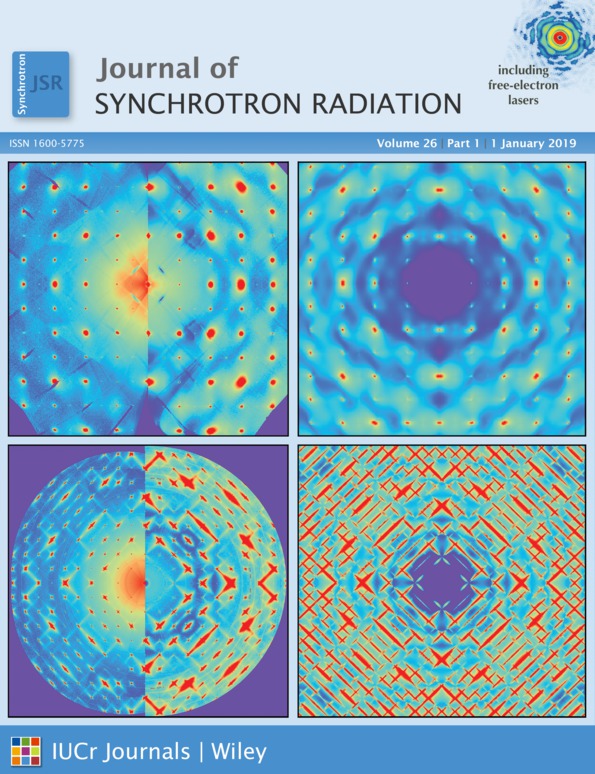A new mini-triaxial cell for combined high-pressure and high-temperature in situ synchrotron X-ray microtomography experiments up to 400°C and 24 MPa
Abstract
A new experimental triaxial cell for in situ synchrotron X-ray micro-computed tomography aimed at imaging small samples of (6 mm × 19 mm) at high temperatures (up to 400°C) and pressures (up to 24 MPa confining) is presented. The system has flow-through capabilities, independent axial and radial pressure control, and has been developed and tested at the 8.3.2. beamline at the Advanced Light Source. The characteristics of this new experimental rig are described, along with the challenges, mainly concerning the combination of X-ray transparency with vessel strength at high temperature, and solutions found during the development stage. An experiment involving oil shale pyrolysis under subsurface conditions, highlighting the importance of a device able to operate in this pressure and temperature range, is also introduced. The availability of this cell enables an unprecedented range of experiments in the Earth Sciences, with a special focus on subsurface geothermal processes.




